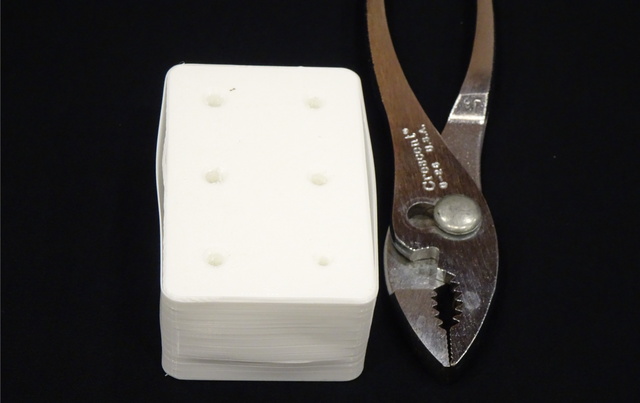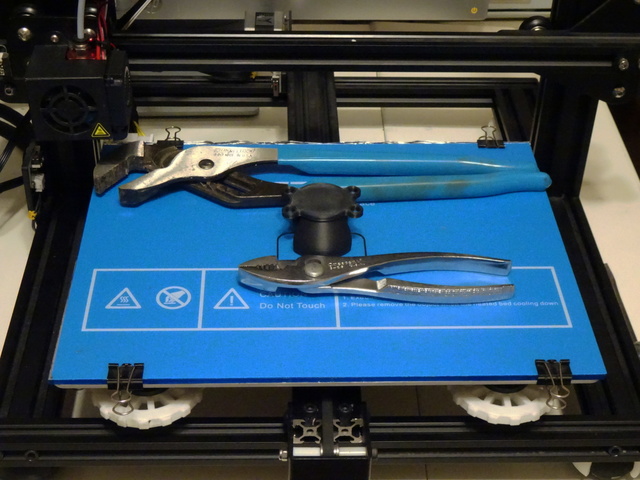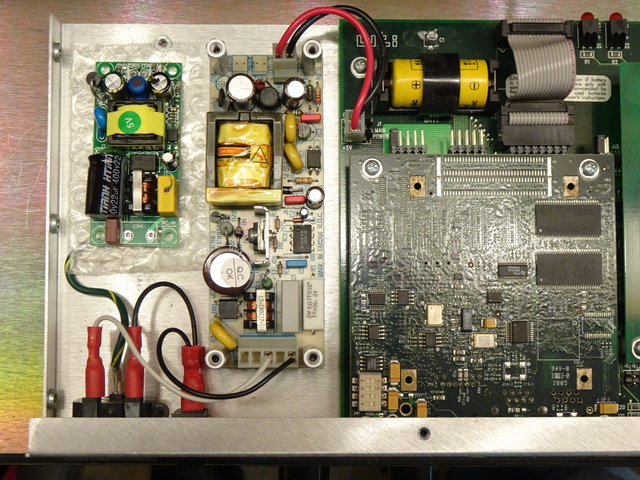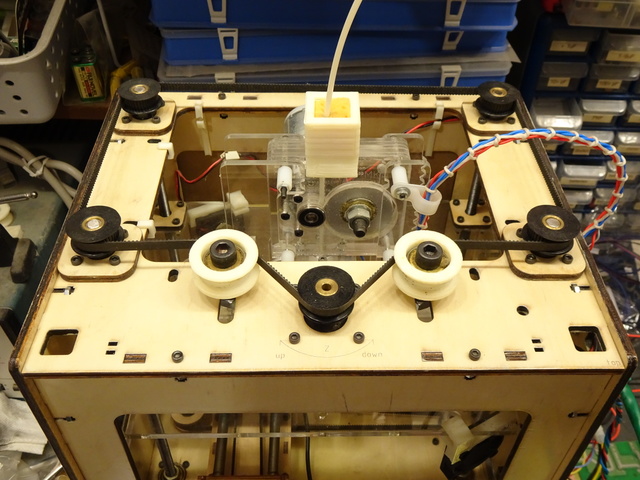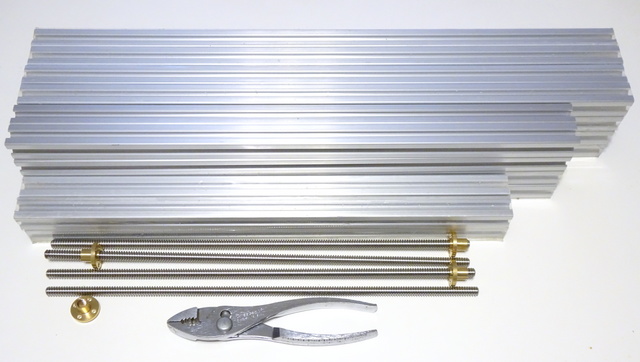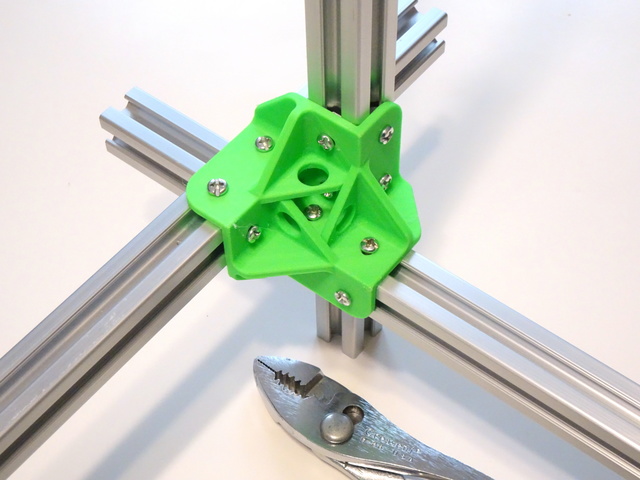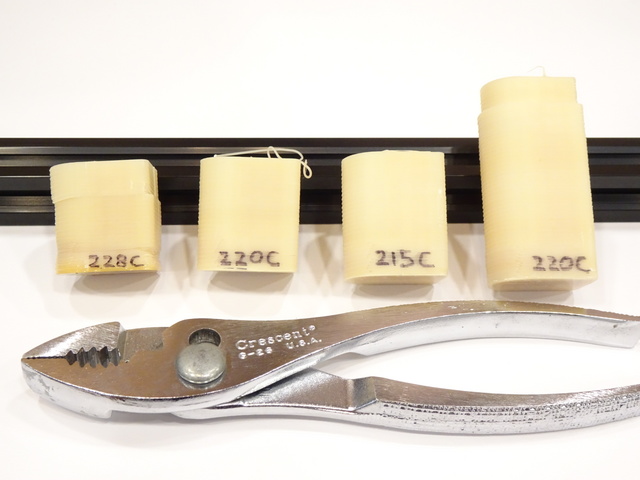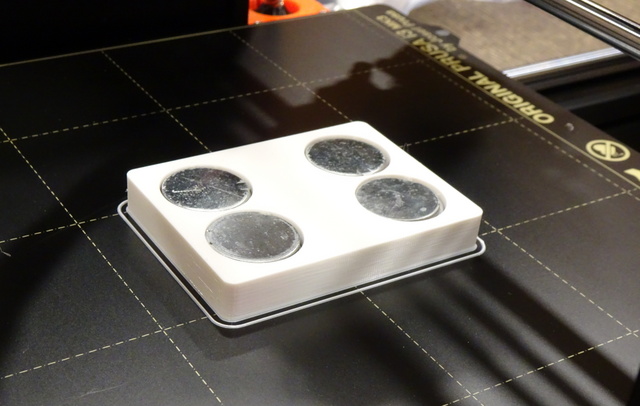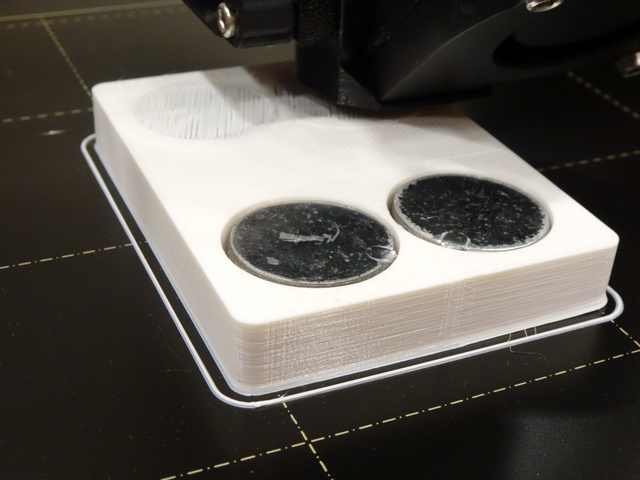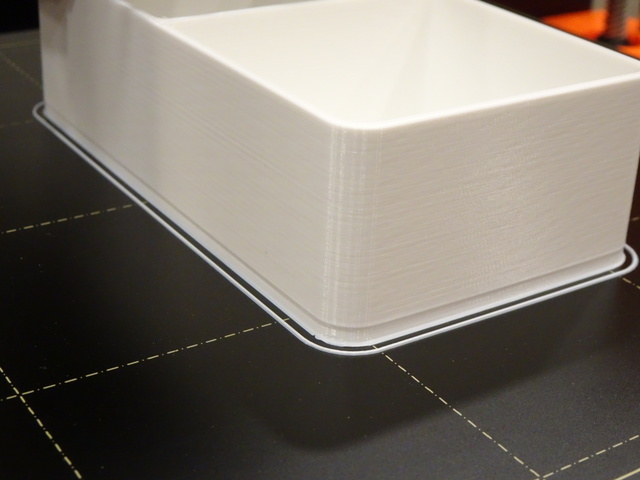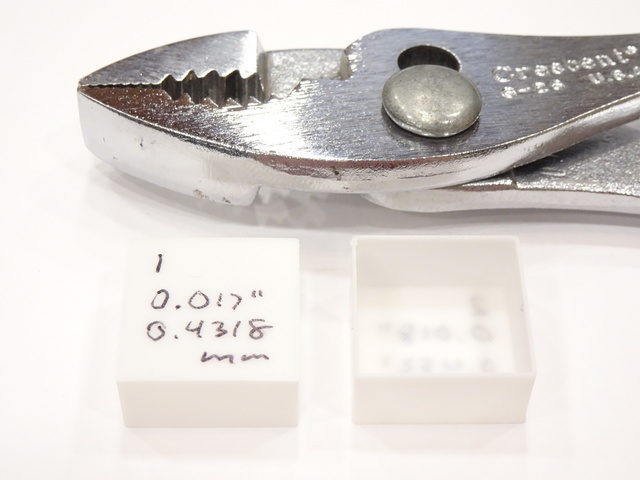“Yak shaving,” well-known among a certain class of nerds, refers to artificial dependencies that you insert before your ultimate objective, distracting you and derailing you from getting the job done. My favorite sample yak shaving is on Seth Goden’s blog from 2005.
Yak shaving would be: I want to use the lab power supply on my workbench, but my CupCake is hooked up to it, and I haven’t finished getting the CupCake’s aging extruder motor to work, so suddenly I’m spending the weekend working on the CupCake, so I can get it fixed and move it out of the way, so I can use the power supply under it to do … whatever it is that I was going to do. (This is a fictional, but relatable, example.)
Some time back, Cort said to me:
Doing technology work is often like going out to mow your lawn, and you think it’s going okay, but partway into it you discover there’s a whole ‘nother lawn under your lawn, and now you have to mow the one underneath before you can mow the one you thought you were there for. And then sometimes you start mowing the lawn under your lawn and you find out there’s another one under that, too.
